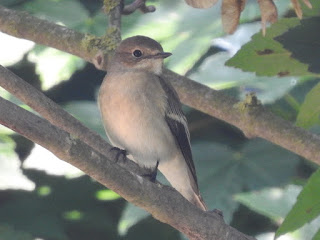Personal Birding

Twitter is a great thing for birding, in countless ways. In my previous writing, I have sung its praises, from allowing the real-time tracking of rarities to providing an unparalleled community of like-minded people. However, it can be easy to find yourself constantly comparing your own birding to those on social media. And this can be quite a disheartening thing. Just as with any social media, people usually tend to post their "best self" or in the case of birding twitter, their birding highlights. With a limit of 280 characters, of course we'd mention the Jack Snipe we found on our patch, and probably not mention the 3 hours spent trudging through empty fields. Likewise, in a post of the year's highlights, we're not going to waste precious words lamenting the many dips and bird-less days along the way (unless making a point to that effect). As a result, a Twitter session can often lead to the feeling that you're the only one to whom the birds don't com...




